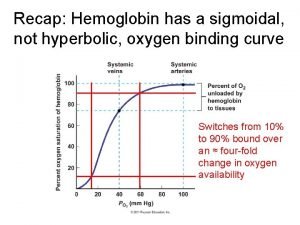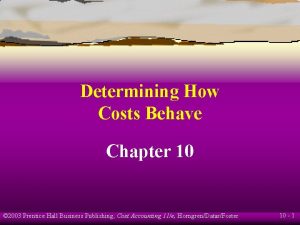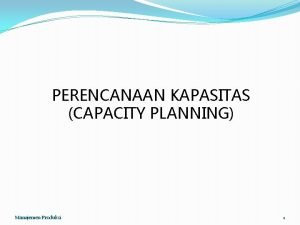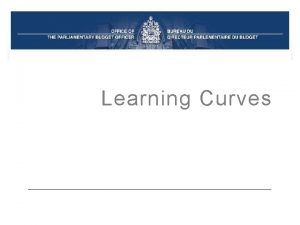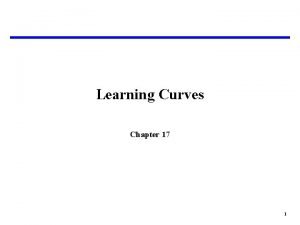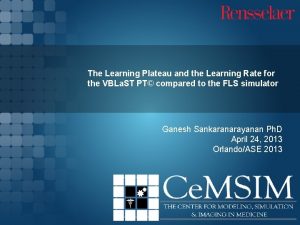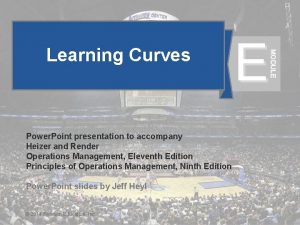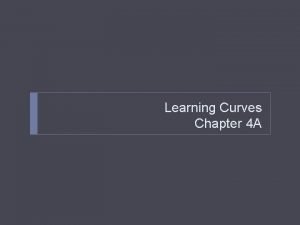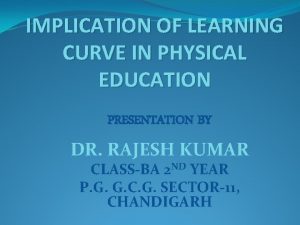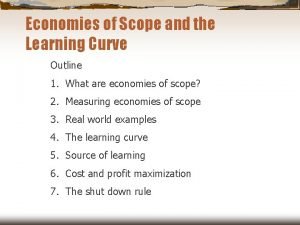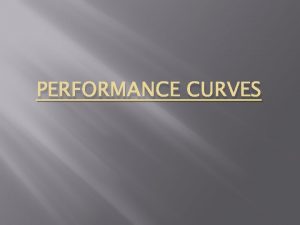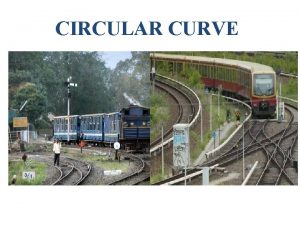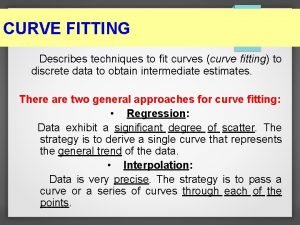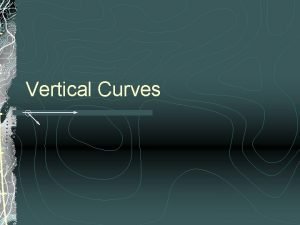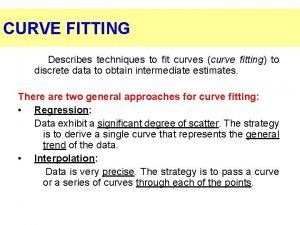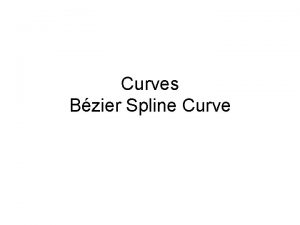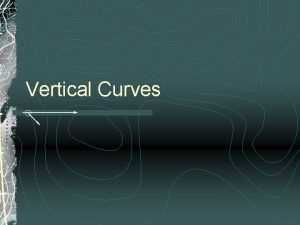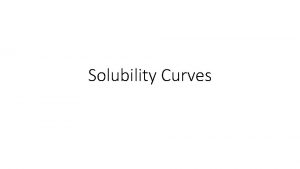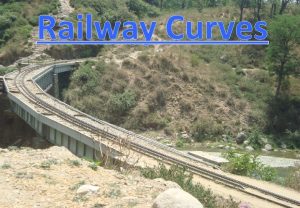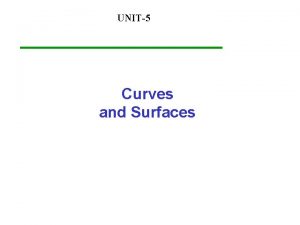Learning Curves Learning Curve Introduction Learning Curves are















- Slides: 15

Learning Curves

Learning Curve Introduction • Learning Curves are used to estimate the time saving that is experienced when performing the same task multiple times • The greater the amount of labour involved in the task, the greater the saving experienced with each iteration

Learning Curve Introduction • Clearly manufacturing a ship or airline has a steeper learning curve (greater savings per iteration) than an automated process of making widgets (e. g. previous figure which is steep - ships) • Two predominant learning curve theories (though there are more) – Unit Theory – Cumulative Average Theory • Both will be explained using the Canadian Frigate program from the late 1980 s and early 1990 s

Unit Theory Learning Curve • The theory states that the cost decreases by a fixed percentage as the quantity produced doubles – The following table reflects an 80% learning curve which means the cost decreases by 20% for each doubling of production (multiply by. 8) Unit Number Cost 1 $100 2 $80 4 $64 8 $51. 2 16 $40. 96 Note: Examples from Cost Estimation by Mislick and Nussbaum

Unit Theory Learning Curve • Unit Theory equation – Yx = A * xb where: » Yx = the cost of unit x » A = cost of the first unit » x = the unit number » s = the slope of the learning curve = 2 b » Cost of 2 x = (cost of x)*s » Substituting A*xb for cost & rearrange » s = A*(2 x)b/A*xb = 2 b » Using logarithms: b = ln(s)/ln(2)

Unit Theory Learning Curve • From the previous example: – A=100 – Slope of learning curve = 0. 8 – 0. 8 = 2 b – Using logarithms: » ln(0. 8) = b * ln(2) » b = ln(0. 8)/ln(2) = -0. 3219 – Therefore, cost unit x = 100 * x -0. 3219 » For x = 4, cost = 64. 0 » For x =3, cost = 70. 2

Unit Theory Learning Curve • Canadian Frigate Example Ship number Number of hours to build ln(ship number) ln(hours) 1 5, 228, 212 0. 00000 15. 46958 2 4, 651, 262 0. 69315 15. 35265 3 3, 892, 713 1. 09861 15. 17462 4 3, 366, 301 1. 38629 15. 02933 5 2, 959, 776 1. 60944 14. 90062 6 2, 538, 396 1. 79176 14. 74704 7 2, 326, 265 1. 94591 14. 65977 8 2, 218, 333 2. 07944 14. 61227 9 2, 142, 963 2. 19722 14. 5777

Unit Theory Learning Curve • Yx = A * xb • To determine “b”, use logarithms, i. e. – ln(Yx) = ln(A) + b*ln(x) – “b” slope of this equation (learning slope = 2 b) • Graph using Excel Scatter with Markers after converting your costs (hours in this case) and number of units using natural logs • Under Chart Tools, select Trendline – more trendline options – Then select display equation on chart and display R-squared value on chart

Unit Theory Learning Curve • From the chart equation, the slope is -0. 4482 which = b • From before, if s = 2 b, then s = 0. 7330 or a 73. 3% unit learning curve which is steeper than typical but reasonable given SJSL’s inexperience

Cumulative Average Theory • Subtly different from Unit Theory • Cumulative average theory is average cost of groups of units while unit theory is based on individual unit cost • Therefore, for cumulative average theory (using the previous 80% example): – The average cost of 2 units is 80% of 1 unit – The average cost of 4 units is 80% of 2 units – The average cost of 50 units is 80% of 25 units • Doubling your production reduces your average cost by your learning curve (80% for this example)

Cumulative Average Theory • Cumulative Average Theory equation – YN = A * Nb where: » YN = the cumulative average cost of N units » A = cost of the first unit » N = the cumulative number of units produced » As before: » s = the slope of the learning curve = 2 b » Using logarithms: b = ln(s)/ln(2) • Cumulative Average Theory usually used for production lots where batches of units are made

Cumulative Average Theory • Canadian Frigate example again: Ship number Number of hours to build Cumulative Quantity Cumulative average hours ln(ship number) ln(cum avg hours) 1 5, 228, 212 0. 00000 15. 46958 2 4, 651, 262 2 4, 939, 737 0. 69315 15. 41282 3 3, 892, 713 3 4, 590, 729 1. 09861 15. 33955 4 3, 366, 301 4 4, 284, 622 1. 38629 15. 27054 5 2, 959, 776 5 4, 019, 653 1. 60944 15. 20671 6 2, 538, 396 6 3, 772, 777 1. 79176 15. 14332 7 2, 326, 265 7 3, 566, 132 1. 94591 15. 08699 8 2, 218, 333 8 3, 397, 657 2. 07944 15. 0386 9 2, 142, 963 9 3, 258, 247 2. 19722 14. 9967

Cumulative Average Theory • From the chart equation, the slope is -0. 2244 which = b • From before, if s = 2 b, then s = 0. 8560 or a 85. 6% unit learning curve which is less steep than unit theory as expected

Unit vs Cumulative Average Theory • Cumulative average theory is a less steep curve such that unit learning is always below it • Cumulative average is less responsive to variation in costs from unit to unit since it is based on averages • Use cumulative if initial production is expected to have large cost variation unit to unit

Unit vs Cumulative Average Theory • For Frigate example, which learning curve is better? • Hard to tell visually, I used stats, went with unit • R 2 for unit = 0. 9562 vs cumulative = 0. 9355 • P-value (not shown) unit=5. 2 x 10 -6 cum=2. 0 x 10 -5
 Antigentest åre
Antigentest åre Hyperbolic binding curve
Hyperbolic binding curve S curve and j curve
S curve and j curve The function of the compensating curve is
The function of the compensating curve is Biotic potential and environmental resistance
Biotic potential and environmental resistance Learning curves 2003
Learning curves 2003 Learning curves in sport
Learning curves in sport Learning curve operations management
Learning curve operations management Contoh capacity planning
Contoh capacity planning Learning curve chart
Learning curve chart Learning curve equation
Learning curve equation Plateau learning rate
Plateau learning rate Learning curve equation
Learning curve equation Learning curve unit values table
Learning curve unit values table Educational implications of learning curve
Educational implications of learning curve Learning curve and economies of scope
Learning curve and economies of scope

